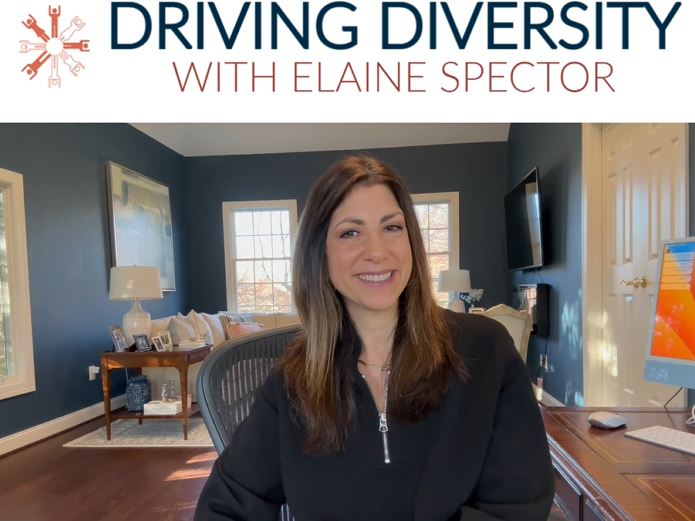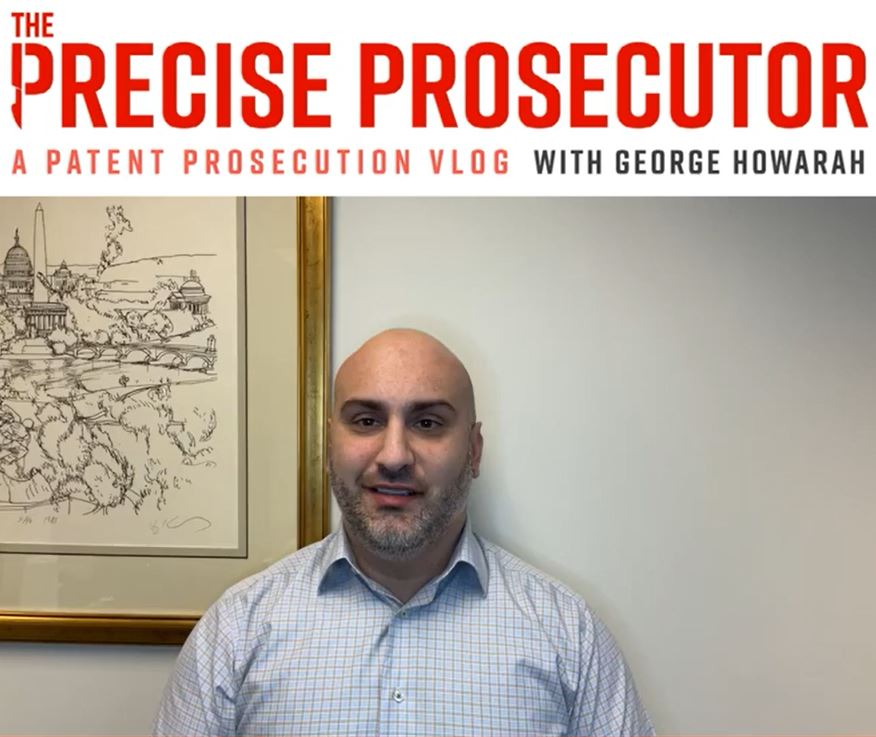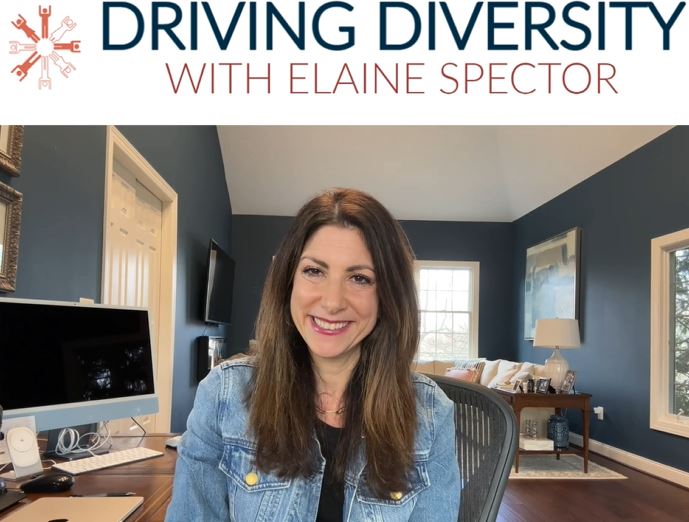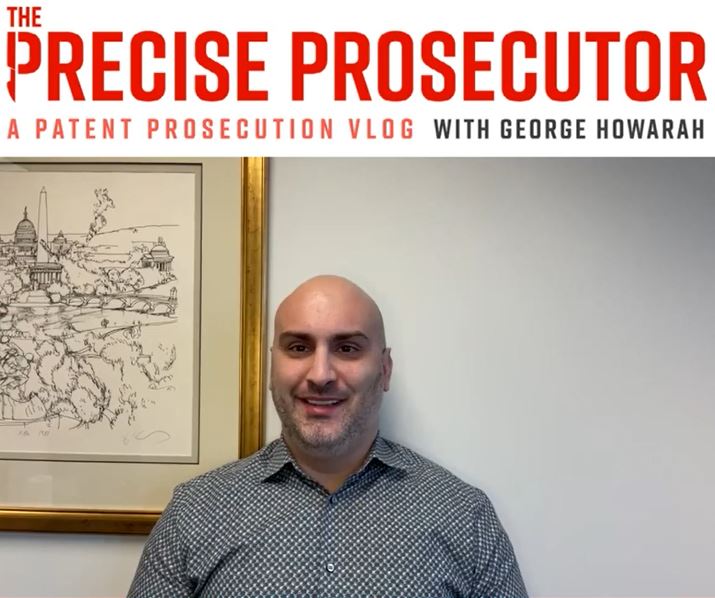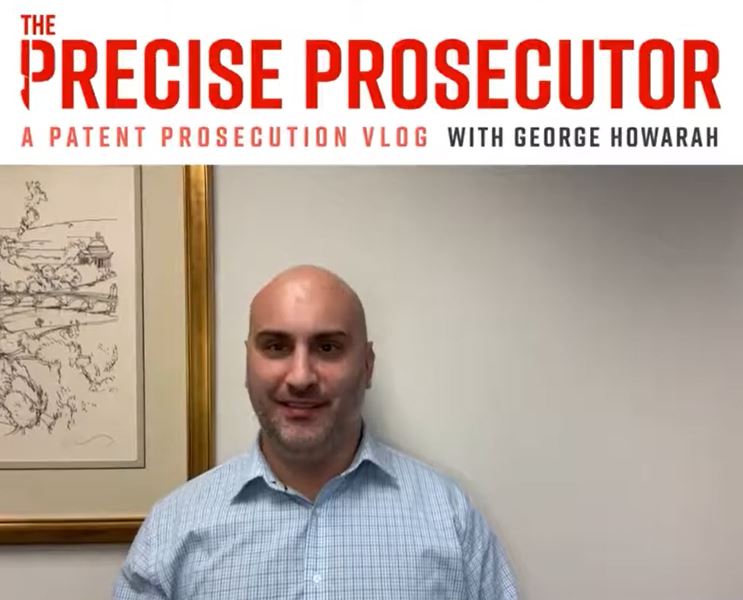Pioneering Balance: Elaine Spector’s Journey from Litigation to Leadership
In the ongoing “Navigating New Horizons” series of the Driving Diversity Blog, we delve deeper into Elaine Spector’s transformative journey through the realms of patent law. Following last week’s gripping narrative, “Navigating the High Stakes: A Patent Litigator’s Journey from Trials to Tech Transfer,” we now explore how Elaine’s intense experiences in a high-stakes trial environment catalyzed her transition to a more balanced role at Johns Hopkins Tech Ventures, and eventually to Harrity & Harrity, where she achieved a groundbreaking flexible work arrangement.
Transition to Tech Transfer and Beyond
Elaine’s intense involvement in a grueling month-long patent litigation trial in the Eastern District of Texas was a pivotal moment, testing her limits and shaping her career trajectory. The demanding nature of the trial, characterized by long hours and high pressure, illuminated the stark realities of balancing professional obligations with personal life—particularly as a mother. The professional isolation she felt during this time, exacerbated by a poignant moment of connecting with her children via Skype, underscored her need for change.
Realizing the necessity for a shift, Elaine transitioned to an in-house role at Johns Hopkins Tech Ventures. Here, she sought a part-time position but accepted full-time work, prioritizing proximity to family over her preferred work arrangement. This role, while closer to home and filled with intellectual collaboration, still lacked the flexibility Elaine needed as her children grew older.
Finding Flexibility and Making History
Elaine’s pursuit of a better work-life balance led her here, to Harrity & Harrity, where she found the flexibility she had long sought in a remote position with adaptable work hours. This move was not just about changing jobs; it was about reshaping her professional identity. At Harrity, she not only embraced a reduced hours schedule but also ascended to become the first female partner, a testament to the firm’s progressive stance on work-life balance and diversity.
Elaine’s journey from the intensity of the war room to achieving partnership at Harrity & Harrity encapsulates a broader narrative prevalent in today’s legal landscape. Her story offers hope and actionable insights for legal professionals, especially working mothers, demonstrating that it is indeed possible to craft a fulfilling career that accommodates both professional aspirations and personal responsibilities. As we anticipate next week’s discussion on practical tips for working mothers in law, Elaine’s experiences continue to inspire and guide those navigating the patent law field towards more inclusive and adaptable career paths.
Want more Driving Diversity? Check out other videos with Elaine Spector here!



